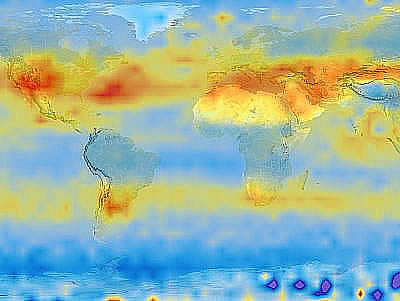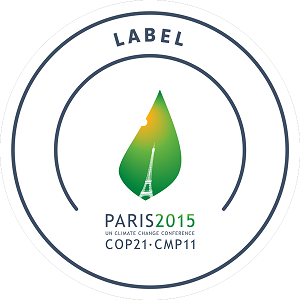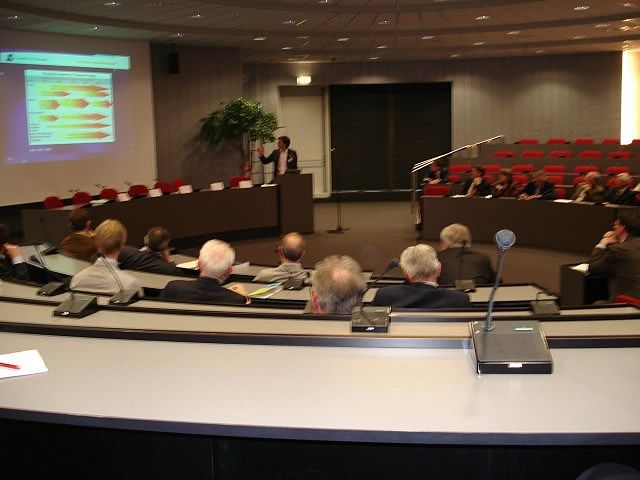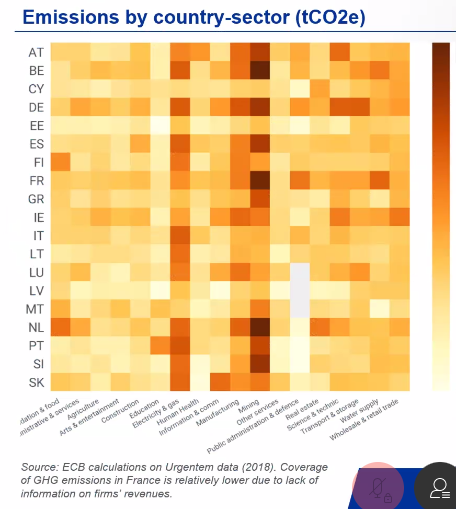Climate change is marching onward, habitats are disappearing and species are dying out: in the medium term, a good life in an intact environment is no longer guaranteed. Core areas of our lives will have to change. The economy, work, every aspect of our day-to-day lives are facing social and environmental restructuring. The course for this will be set in the next ten years. How we shape digitalisation will determine whether this path will lead to a greenhouse gas neutral future in a liveable world.
Digital technologies and infrastructures leave behind a significant and ever-growing ecological footprint. Guiding principles are needed to ensure digitalisation does not exacerbate environmental degradation. If digitalisation is successfully designed in a sustainable way, it can decisively support social and environmental restructuring.
At the core of the current energy security and price crises sits an overdependence on volatile, imported fossil gas, oil and coal. It is time for all of us to take the necessary steps to strengthen Europe’s energy security and resilience by accelerating the green transition.
The case for action has never been stronger. The recent IPCC report has starkly laid out the choices that are facing us if we are to keep a 1.5°C compatible future in reach. It has demonstrated that we must replace fossil fuel bills and subsidies with investments in our economies. It has shown us that we should not build costly fossil fuel infrastructure that we will then have to phase out but instead we should invest in the infrastructure that can support a green transformation.
|


















